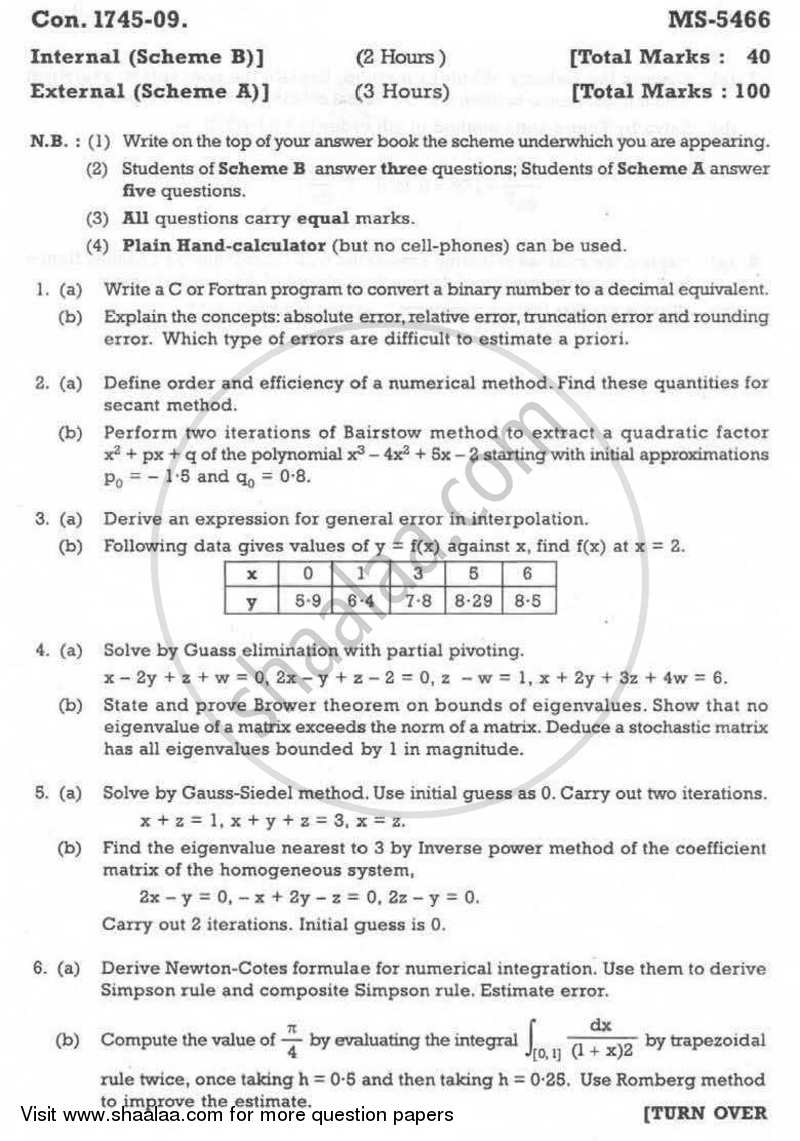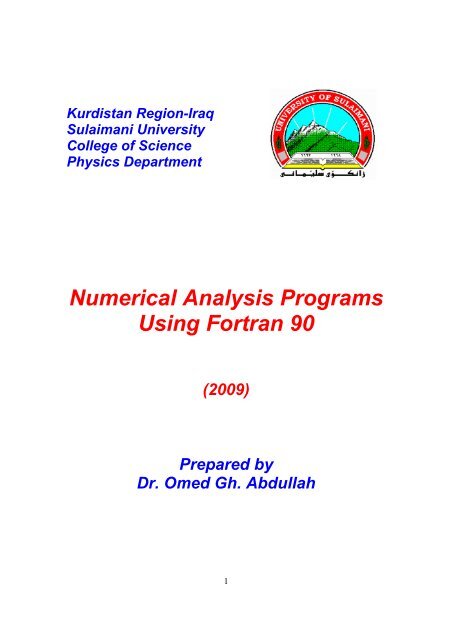

Consequently, the method is also known as the Brent–Dekker method. Brent's method is due to Richard Brent and builds on an earlier algorithm by Theodorus Dekker. The algorithm tries to use the potentially fast-converging secant method or inverse quadratic interpolation if possible, but it falls back to the more robust bisection method if necessary. It has the reliability of bisection but it can be as quick as some of the less-reliable methods. In numerical analysis, Brent's method is a hybrid root-finding algorithm combining the bisection method, the secant method and inverse quadratic interpolation.

1 figure.For Brent's cycle-detection algorithm, see Cycle detection § Brent's algorithm. Quasi-Newton algorithms which estimate projected Hessian matrix and require in some cases only approximations of nonnegative definite matrix of size n-m are developed to enhance the local convergence, where n and m are numbers of variables and constraint equations, respectively. Various new algorithms are derived from the general theory that use the QR decomposition, the SVD decomposition and other decompositions of the Jacobian matrix of the constraint functions. Analysis is given to the continuous analogs of the methods to obtain robust algorithms, which also gives insight into the global behavior of the related algorithms. A unified theory is developed for the methods by using extensively the concept of various generalized inverses and related projectors, which facilitates geometric interpretation of the FIGAP methods.

The class of FIGAP methods contains various new methods as well as many of the existing methods. Each method in this class is an amalgamation of a generalized gradient projection method and a generalized Newton-Raphson method which, respectively, take care of reducing the value of the objective function and satisfying constraint equations at more » the same time. In particular, a generic class of feasibility-improving gradient acute projection (FIGAP) methods and their Levenberg-Marquardt-type modifications is developed for solving the general nonlinear constrained minimization problems. A differential geometric method is developed specifically to obtain robust algorithms without resorting to the penalty-type approach. Robust methods that can produce convergence from a very poor initial estimate of the optimal solution for larger problems are discussed. Subroutines were written to provide delay, level detection with hysteresis, and solutions to implicit equations. In addition, provisions more » are made to perform one-time preintegration calculations, read specialized input data, establish specialized output labels, handle piecewise continuous f(x(t),t), make x-y plots of output variables, and record the minima/maxima of specified variables. Program SS automatically provides a tabular listing and line-printer plots of the outputs. Program SS (State Space) is a Fortran IV program used to solve a system of first-order, ordinary differential equations with a minimum of specialized coding. Two areas where Program NAES has proved to be useful are the solution for initial conditions and/or set points of complex systems of differential equations and the identification of system parameters from steady-state equations and steady-state data. Program NAES (Nonlinear Algebraic Equation Solver) is a Fortran IV program used to solve the vector equation f(x) = 0 for x.


 0 kommentar(er)
0 kommentar(er)
